A Comprehensive Guide to Lawn Weeds and Prevention Strategies
The Ultimate Lawn Weed Survival Guide
Nothing spoils a beautiful green lawn like unsightly weeds growing out of control. Learn about the most prominent types of lawn weeds and effective prevention strategies for a pristine, weed-free lawn. And when it comes time to free your lawn of these invasive intruders, Turf 10’s Premium Lawn Care Package tackles existing weeds and prevents their return, ensuring a lush and healthy lawn year-round.
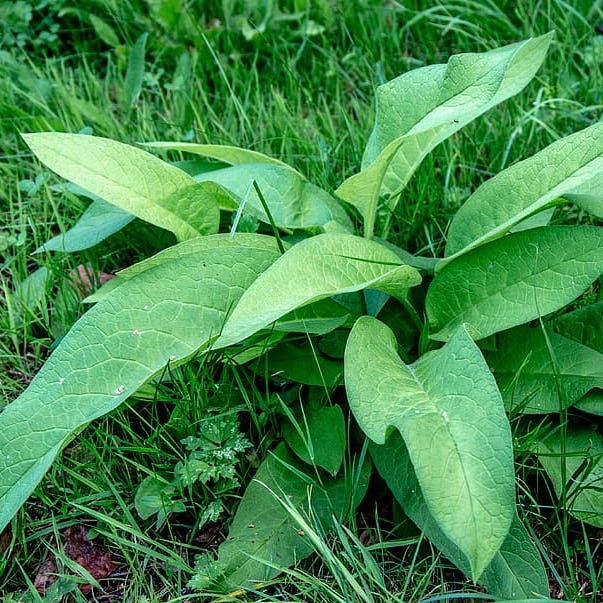
Broadleaf Plantain (Plantago major)
Broadleaf plantain has broad leaves with prominent veins and forms rosettes close to the ground. It’s often found in high-traffic areas.
Prevention Quick Tips:
- Reduce compaction in high-traffic areas by aerating your lawn.
- Apply a post-emergent herbicide to target broadleaf plantain effectively.
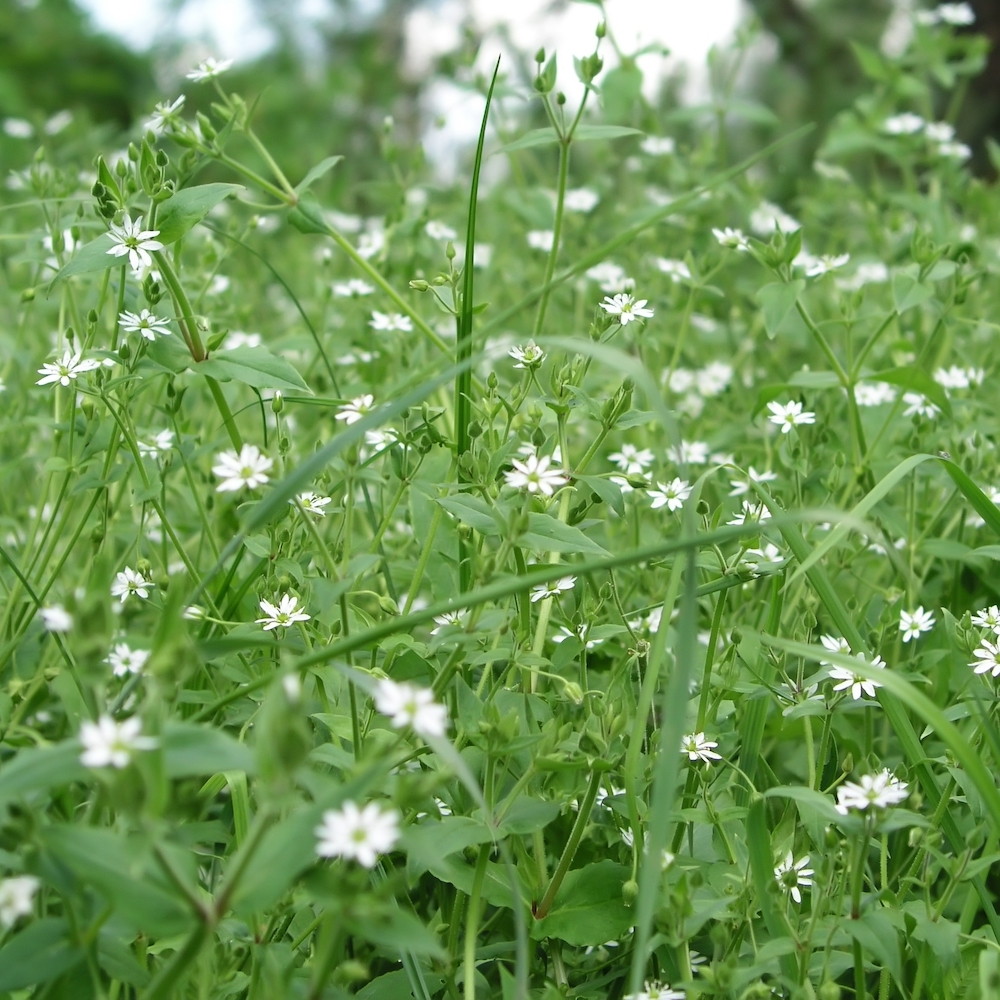
Chickweed (Stellaria media)
Chickweed is a low-growing weed with small, oval-shaped leaves and white flowers. It tends to spread rapidly in moist, shaded areas.
Prevention Quick Tips:
- Ensure proper lawn drainage to prevent overly moist conditions that favor chickweed growth.
- Mow your lawn at the recommended height to discourage chickweed from establishing itself.
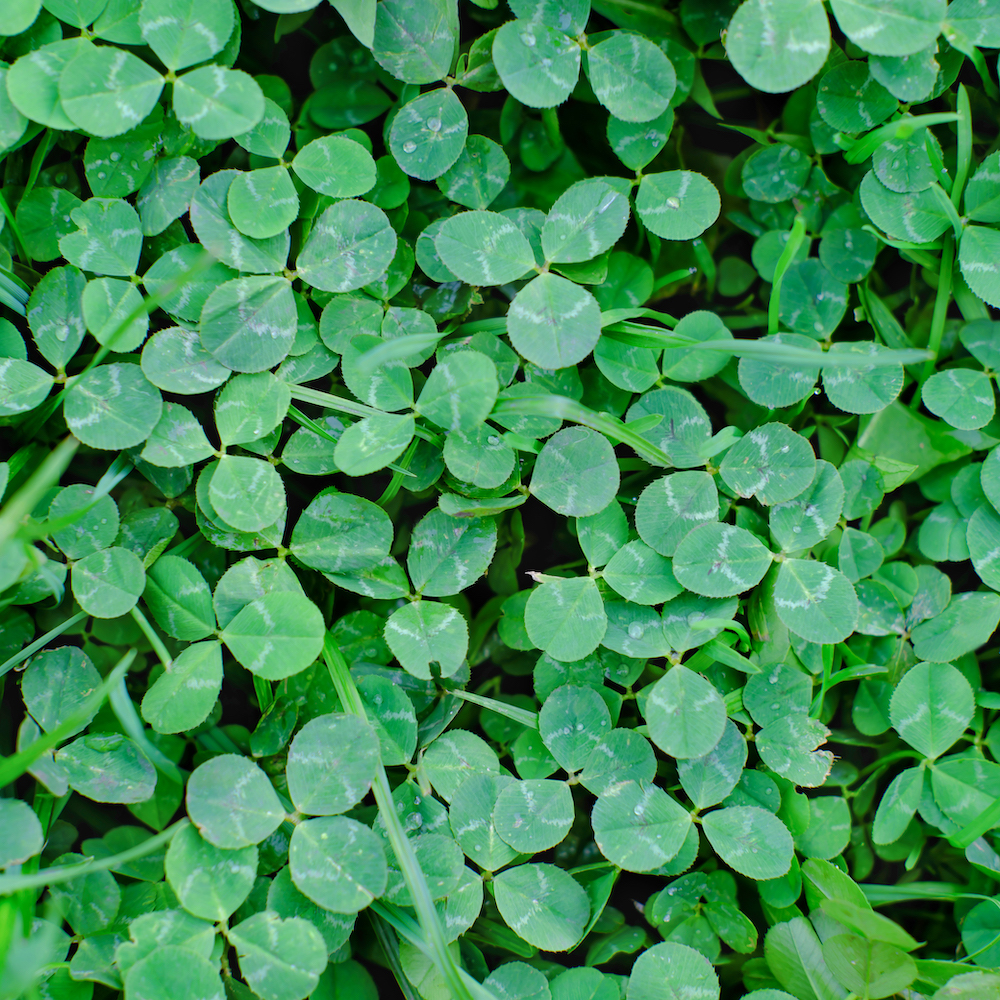
Clover (Trifolium spp.)
Clover is a broadleaf weed with distinctive three-leaf clusters. While some homeowners consider it a beneficial addition to lawns due to its nitrogen-fixing properties, others view it as a weed.
Prevention Quick Tips:
- Improve the density of your lawn by overseeding with grass varieties that thrive in your region.
- Apply a post-emergent herbicide specifically formulated to target broadleaf weeds like clover.
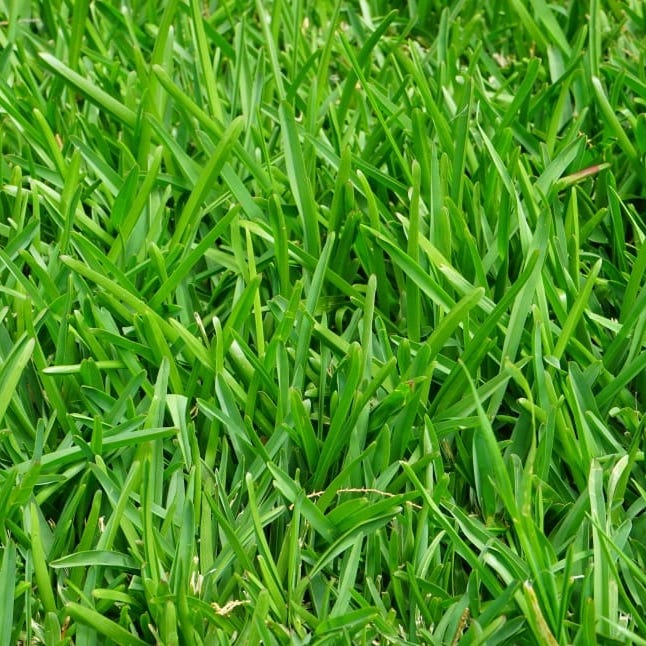
Crabgrass (Digitaria spp.)
Crabgrass is an annual grass weed that appears in bare or thin areas of the lawn. It has flat, wide blades and spreads rapidly during the warm summer months.
Prevention Quick Tips:
- Keep your lawn well-watered and properly fertilized to promote healthy turf that can outcompete crabgrass.
- Apply a pre-emergent herbicide in the early spring to prevent crabgrass seeds from germinating.
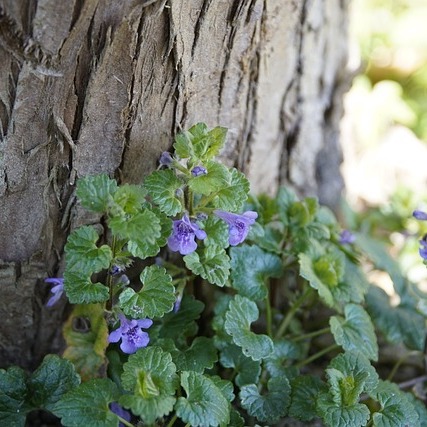
Creeping Charlie (Glechoma hederacea)
Creeping Charlie, also known as ground ivy, is a low-growing weed with scalloped leaves and purple flowers. It spreads quickly and thrives in shady areas.
Prevention Quick Tips:
- Promote proper lawn drainage and sunlight exposure in shaded spots to discourage Creeping Charlie growth.
- Use a broadleaf herbicide designed to control Creeping Charlie effectively.

Dandelion (Taraxacum officinale)
Dandelions are common weeds with yellow flowers and fluffy seed heads. Deep roots make them tough to remove; they spread in weak lawns.
Prevention Quick Tips:
- Maintain a healthy lawn to prevent weak spots where dandelions can take hold.
- Consider using pre-emergent herbicides in the early spring to prevent dandelion seeds from germinating.
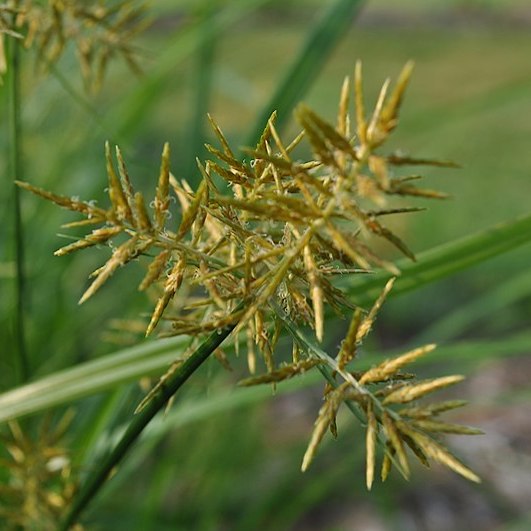
Nutsedge (Cyperus spp.)
Nutsedge, also known as nutgrass, is a grass-like weed with triangular stems and glossy leaves. It thrives in damp or poorly drained soils.
Prevention Quick Tips:
- Improve drainage in problem areas to discourage nutsedge growth.
- Apply a post-emergent herbicide specifically designed to control nutsedge.
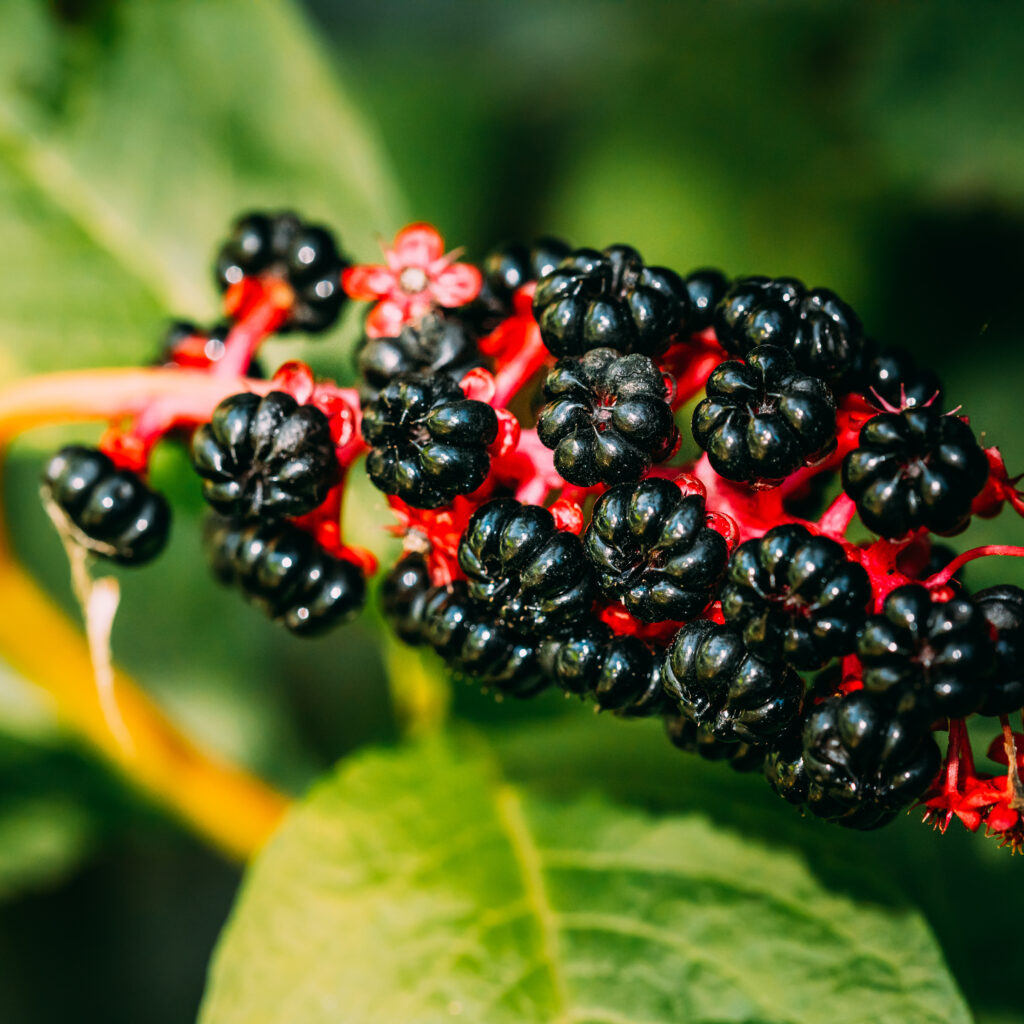
Pokeweed (Phytolacca americana)
Pokeweed is a tall, invasive perennial weed with large, lance-shaped leaves and clusters of dark purple berries. Pokeweed can be toxic to humans & pets.
Prevention Quick Tips:
- Regularly inspect your lawn and remove young plants by hand, including the entire root system.
- Use a herbicide specifically formulated for pokeweed control.
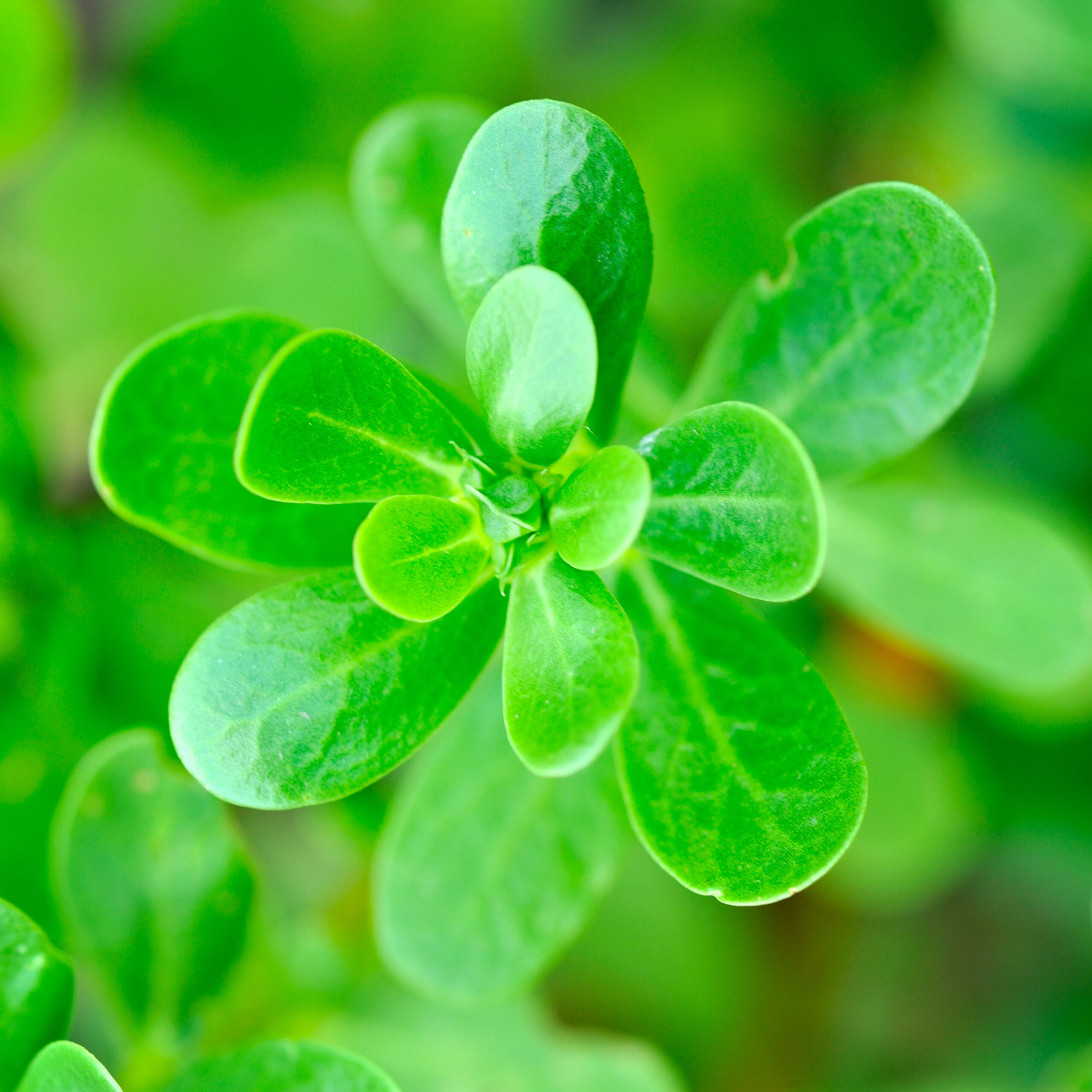
Purslane (Portulaca oleracea)
Purslane is a succulent-like weed with fleshy leaves and small yellow flowers. It can be found in dry and sunny areas of the lawn.
Prevention Quick Tips:
- Regularly inspect your lawn for signs of purslane and manually remove it before it produces seeds.
- Use a post-emergent herbicide formulated to target broadleaf weeds like purslane.
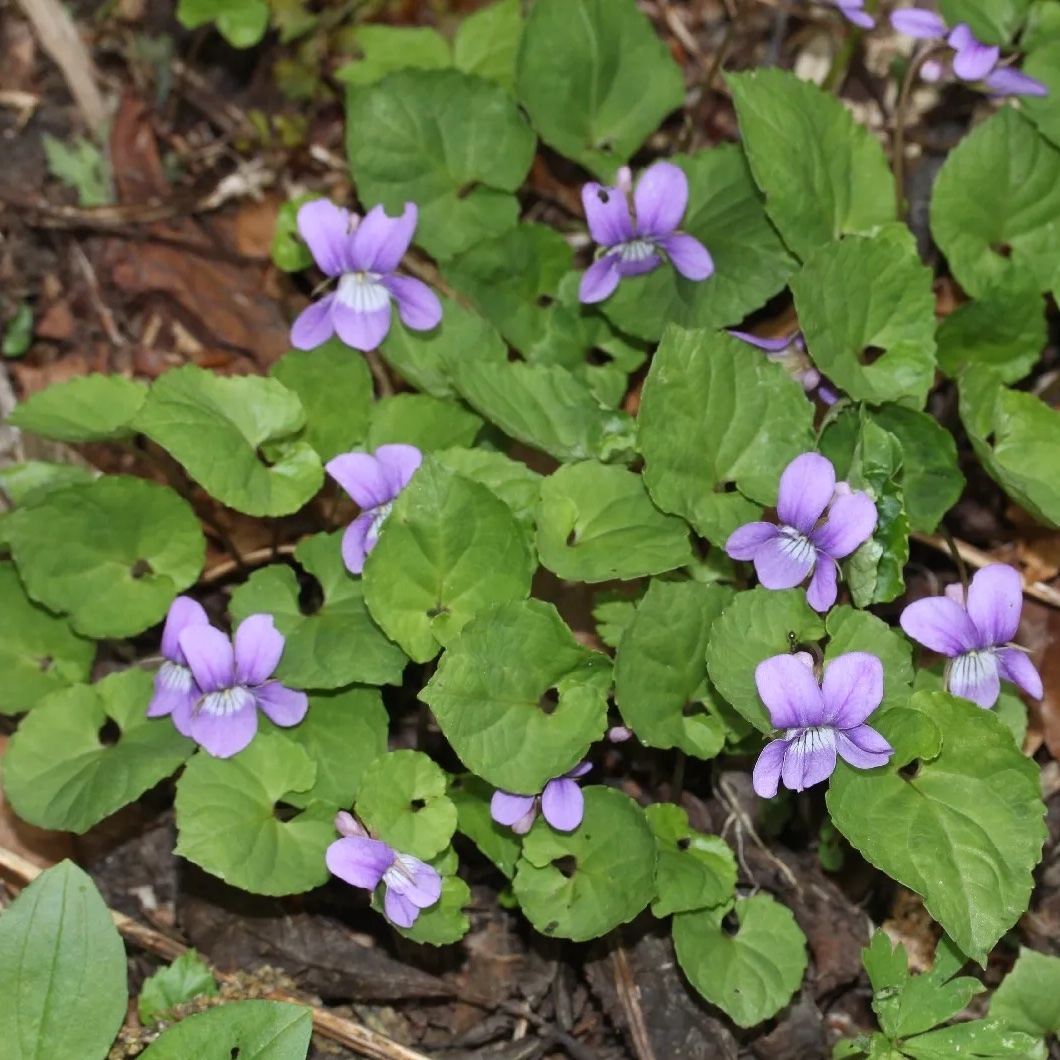
Wild Violet (Viola spp.)
Wild violets are low-growing perennial weeds with heart-shaped leaves and distinctive purple or white flowers. They often invade lawns with moist and shady conditions.
Prevention Quick Tips:
- Improve lawn drainage in areas prone to excessive moisture to discourage wild violet growth.
- Apply a post-emergent herbicide specifically designed to target wild violets and other broadleaf weeds.
